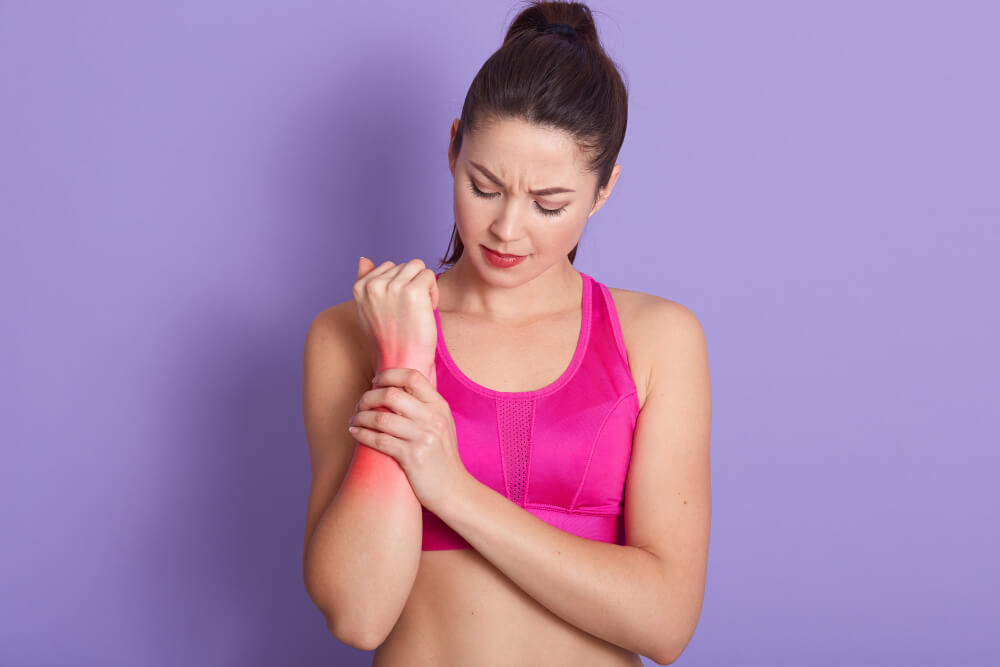Bouncing Back from a Fracture: Tips for Regaining Mobility
A broken bone can feel like a major setback. Whether it’s a hairline fracture or a complete break, pain, swelling, and limitations in movement can leave you feeling frustrated and unsure about getting back to your everyday activities. But fear not! Regaining mobility after a fracture is an achievable goal with the right approach. This guide will equip you with the knowledge and tools you need to bounce back from a fracture and reclaim your movement with confidence.
The Importance of Mobility After a Fracture
While rest is crucial in the initial stages of healing, prolonged inactivity after a fracture can actually hinder recovery. Here’s why staying mobile is essential:
- Movement Promotes Healing: Gentle exercise helps increase blood flow to the injured area, delivering essential nutrients for bone repair. It also reduces stiffness and prevents scar tissue formation, allowing for smoother movement in the long run.
- Combats Muscle Atrophy: When a bone is fractured, the surrounding muscles become inactive to protect the injury. This can lead to muscle loss (atrophy), weakening your overall strength and stability. Early movement helps maintain muscle mass and prepares you for regaining full function.
- Improves Joint Health: Limited mobility can stiffen your joints, making them more susceptible to pain and discomfort. Gentle exercises help maintain a healthy range of motion in the affected joint and surrounding joints, promoting flexibility and preventing long-term stiffness.
- Boosts Mental Well-being: Regaining mobility can be a significant confidence booster. As you move with greater ease, you’ll feel more empowered and in control of your body, leading to improved overall well-being.
Potential Risks of Limited Mobility:
On the other hand, neglecting mobility after a fracture can lead to complications:
- Muscle Atrophy: As mentioned earlier, inactivity can cause significant muscle loss, making it harder to regain strength and function later.
- Joint Stiffness: Limited movement can lead to stiffness in the affected joint and surrounding areas, restricting your range of motion and causing pain.
- Increased Pain: Inactivity can sometimes worsen pain by allowing inflammation to build up. Gentle movement helps improve circulation and reduce inflammation, leading to better pain management.
- Osteoporosis: In extreme cases of prolonged immobilization, there’s a risk of developing osteoporosis, a condition that weakens bones and increases the risk of future fractures.
Moving Through the Stages: A Recovery Timeline
The path to regaining mobility after a fracture is a journey with distinct stages. Here’s a breakdown of what to expect:
Early Stage (First Few Weeks):
- Focus: Minimizing pain and inflammation.
- Activities: Gentle range-of-motion exercises as instructed by a doctor or physical therapist. These exercises might involve moving the surrounding joints or gently flexing the affected limb within pain-free limits.
- Additional Support: Ice therapy, pain medication, and proper support (cast, splint) as prescribed by your doctor.
Mid-Stage (Weeks 4-8):
- Focus: Strengthening and regaining movement.
- Activities: As pain subsides, the focus shifts to exercises that target regaining strength and range of motion in the injured area. These exercises might involve specific stretches, light resistance training, or balance exercises. Physical therapy is highly recommended during this stage.
- Additional Support: Continued use of support might be necessary depending on the severity of the fracture.
Later Stage (Weeks 8+):
- Focus: Building endurance and returning to normal activities.
- Activities: Gradually introduce weight-bearing activities like walking or light jogging. This stage also involves working towards returning to your usual activities and sports, often with modifications if needed.
- Additional Support: Depending on the fracture and your progress, support might no longer be necessary at this stage.
Remember: This is a general timeline, and the pace of recovery can vary depending on the severity of the fracture, your age, and overall health. Always follow your doctor’s or physical therapist’s specific instructions for your recovery plan.
Your Mobility Toolbox: Tips and Exercises
Now that you understand the importance of mobility and the recovery stages, let’s explore some helpful tools and exercises to get you moving again:
Physical Therapy Techniques for Improved Range of Motion:
A physical therapist is your best resource for personalized guidance on exercises to improve your range of motion. Some common techniques they might use include:
- Passive movement: The therapist gently moves your limb through its range of motion, improving flexibility and reducing stiffness.
- Active-assisted movement: You initiate the movement with some assistance from the therapist, gradually increasing your active participation as you get stronger.
- Active movement: You perform the exercises independently, focusing on controlled movements throughout your full range of motion.


